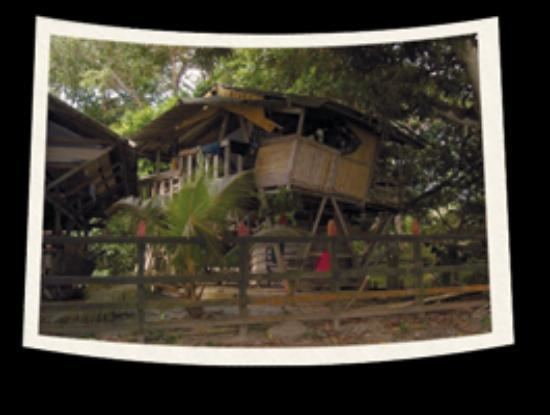Established November 3, 1947 Area rank 9th Area 46,530 km² Municipalities 30 | Capital Quibdó Time zone UTC-05 Population 490,327 (2013) | |
 | ||
University Technological University of Chocó Points of interest Serranía del Baudó, Pacurita, El Malecón, Playa El Almejal, Tutunendo Destinations Capurganá, Nuquí, Bahía Solano, Quibdó, Trigana | ||
Chocó is a department of Colombia known for its large Afro-Colombian population. It is in the west of the country, and is the only Colombian department to have coastlines on both the Pacific Ocean and the Atlantic Ocean. It also has all of Colombia's border with Panama. Its capital is Quibdó.
Contents
Map of Choc%C3%B3, Colombia
Chocó has a diverse geography, unique ecosystems and unexploited natural resources. However, its population has one of the lowest standards of living of all Departments in Colombia. In March 2007 Colombian media reported that some 50 children starved in less than three months, creating awareness of the grave condition Chocó inhabitants are facing. Infrastructure problems were also revealed. For example, despite its status as the world's rainiest lowland, with close to 400 inches of annual precipitation, Chocó's capital Quibdó was left without drinking water.
History
The Department was created in 1944 being speaker at House of Representatives Pedro Yances Salcedo, but it was never legally established. Due to its low population, inhospitable topography, and distance from Bogotá, Chocó has received little attention from the Colombian government. During the government of military dictator Gustavo Rojas Pinilla Chocó was to be eliminated as a department and divided between Antioquia department and Valle del Cauca department, but Pinilla's intentions were thwarted by the 1957 coup d'état of General Gabriel París Gordillo.
Geography
The Chocó Department makes up most of the ecoregion known as El Chocó that extends from Panama to Ecuador.
The municipality of Lloró holds the Highest Average Annual Precipitation record measured at 523.6 inches (13,300 mm) which makes it the wettest place in the world. Three large rivers drain the Chocó Department, the Atrato, the San Juan and the Baudó, and each has many tributaries. The Baudó Mountains on the coast and the Cordillera Occidental are cut by low valleys with an altitude less than 1,000 meters that form most of the territory. Most of the Chocó is thick rainforest. Much of Colombia's internal consumption of wood come from the Chocó, with a small percentage harvested for export.
Demographics
Chocó is inhabited predominantly by descendants of African slaves brought by the Spanish colonizers after conquering the Americas. The second race/ethnic group are the Emberá, the remaining Native American people, with more than half of their total population in Colombia living in Chocó, some 35,500. They practice hunting and artisan fishing and live near rivers.
The total population as of 2005 was less than half a million, with more than half living in the Quibdó valley. According to a 2005 census the ethnic composition of the department is:
Towns and municipalities
Quibdó is the largest city with a population of almost 100,000. Other important cities and towns include Istmina, Condoto, Nóvita and El Carmen in the interior, Acandí on the Caribbean coast, and Solano on the Pacific coast. Resorts include Capurganá on the Caribbean coast, and Jurado, Nuquí, and Bahía Solano on the west coast.
